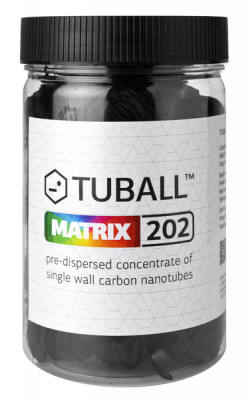
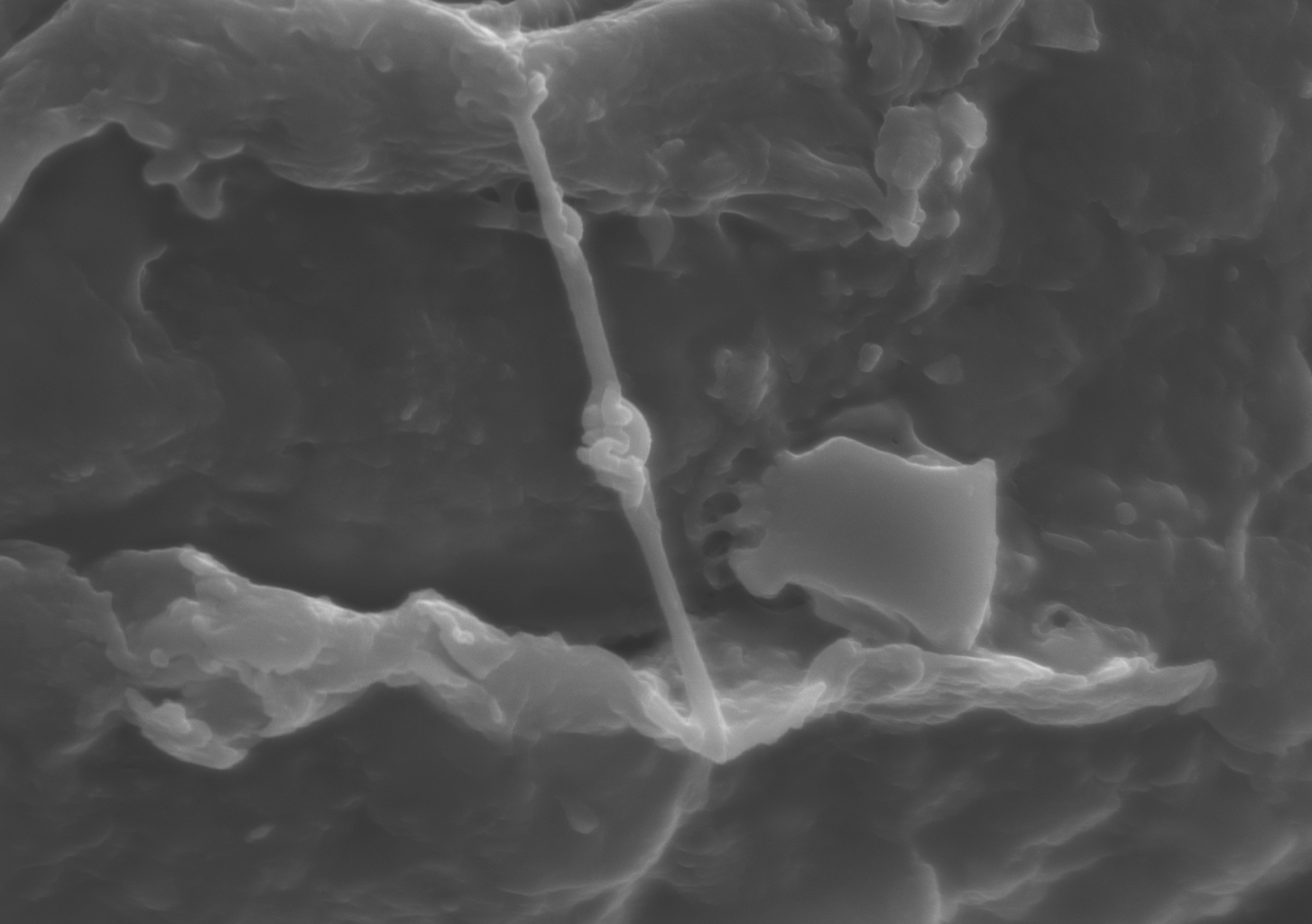
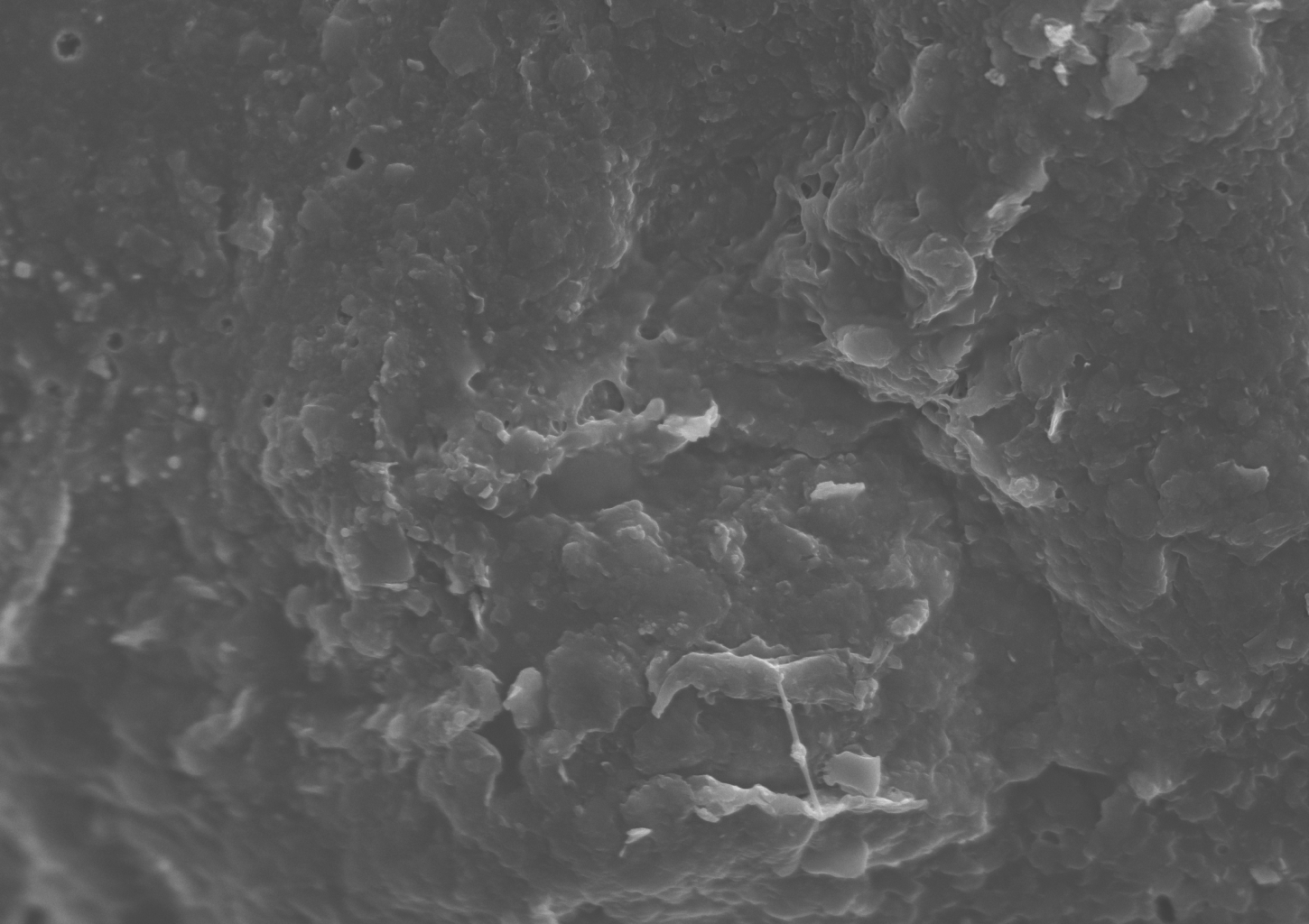
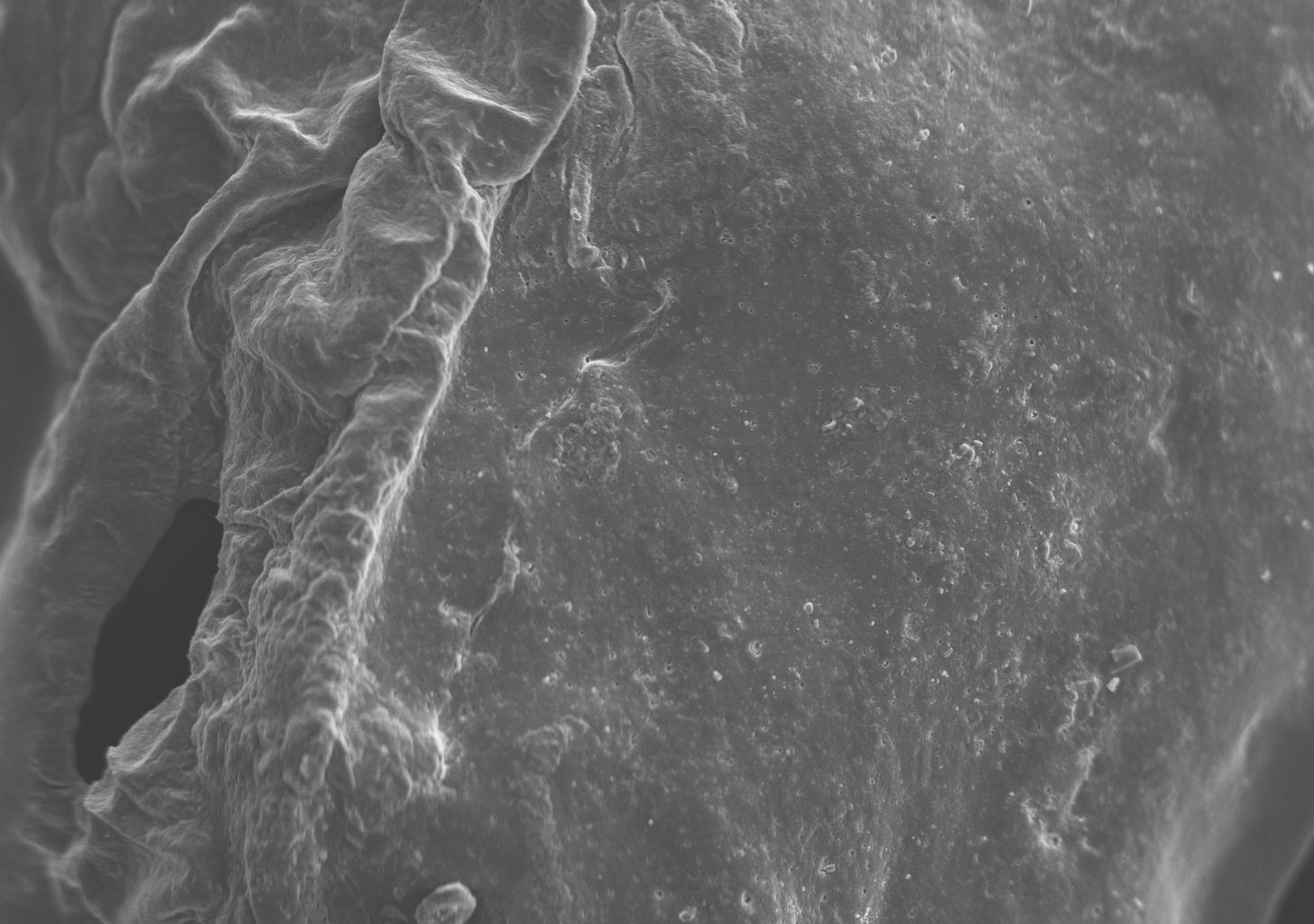
Conductive additive for aromatic and aliphatic solvent-free PU (polyester, polyether, TDI/MDI, others) and phenolic systems. Widely applied for PU coatings and cast elastomers. Minimum impact on host resin due to lower working dosage compared to TUBALL™ MATRIX 209.
The cost of our SWCNT products depends on the quantity ordered. Please reach out to us for a personalized quote.
Benefits
Ensures permanent, uniform conductivity without insulative zones or “hot spots”
Maintains or even increases mechanical strength
Allows retention of bright and light colors of materials
The concentrate form greatly simplifies the usage of nanotubes with no changes to standard formulation or mixing equipment
Minimizes the impact on viscosity and density of the host material
Key applications
Cases
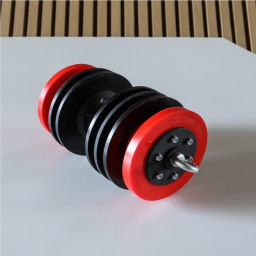
Diagnostic Pig Discs
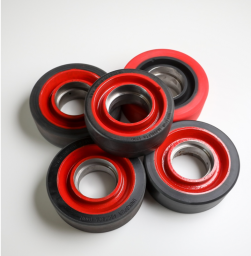
Industrial Castors

Industrial Conveyor Belts
Video
TUBALL MATRIX — Processing Guidelines
Anti-static polyurethane casting and coatings - Processing guide for TUBALL™ MATRIX 202/209